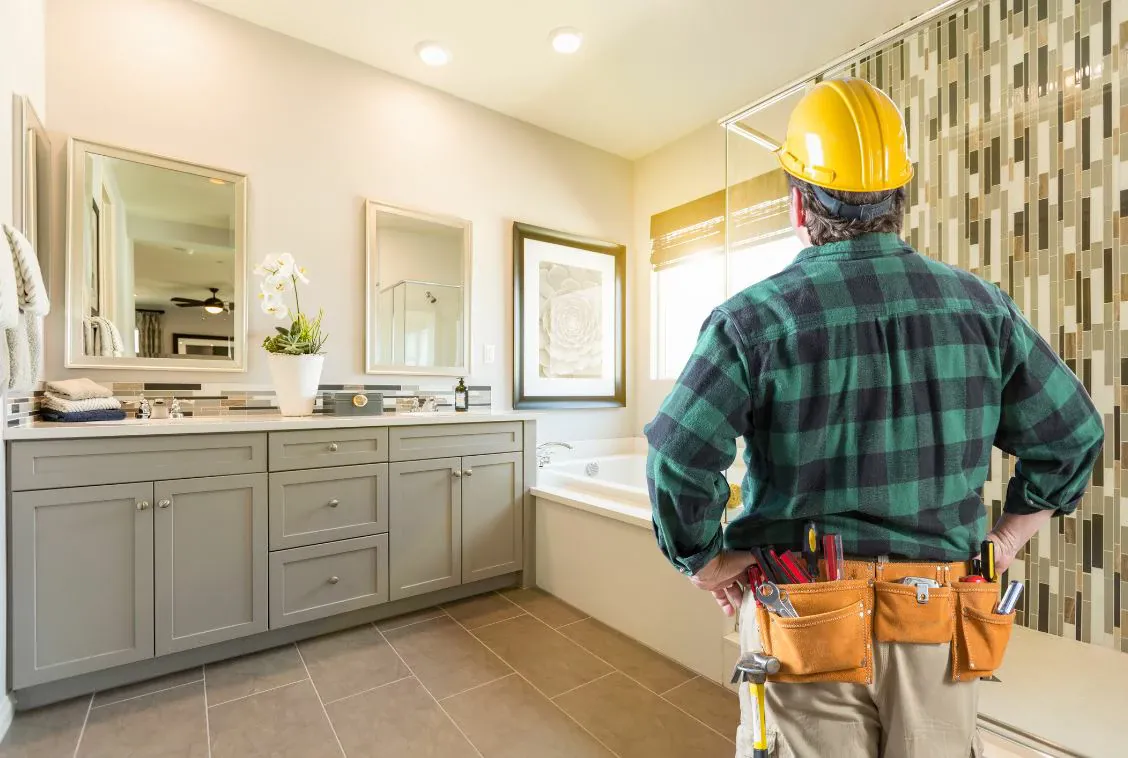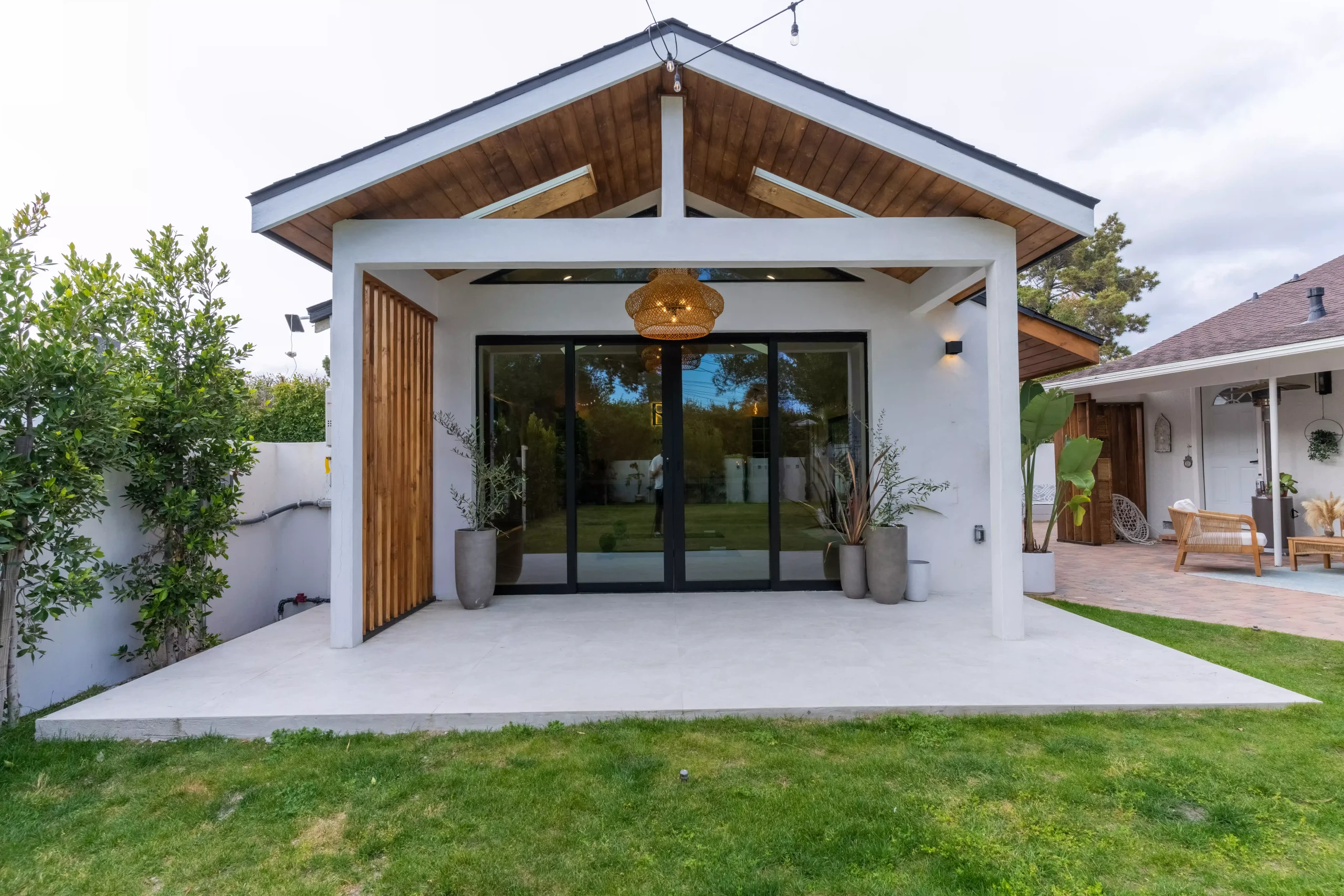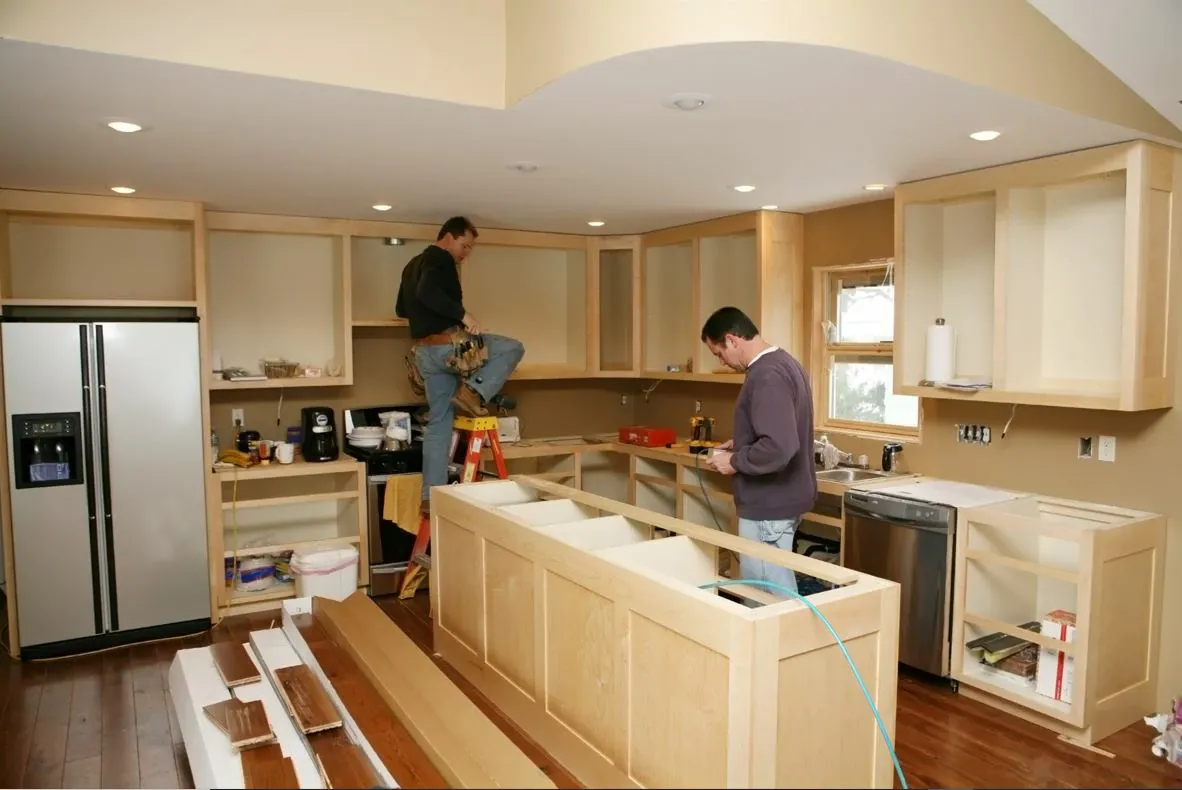
How to Choose a Proven LA Contractor with Verified Credentials
Selecting the right contractor for your Los Angeles home remodel can ensure a successful renovation and protect your investment. This guide outlines systematic steps to evaluate contractors, verify qualifications, and secure a partnership that delivers exceptional results.
Define Your Project Goals and Budget
Clear project goals and a realistic budget are essential for effective communication with contractors and to avoid costly scope creep. Without defined parameters, you risk selecting contractors who over-promise or under-price their services, leading to disputes.
Document your project goals across these categories:
Scope: Specific rooms, systems, and finishes you want to upgrade, including structural changes, electrical updates, or plumbing modifications.
Timeline: Target start and completion dates, considering seasonal factors and personal schedules.
Budget range: Set a total budget, including a contingency of 10-15% for unexpected costs.
Use a budgeting spreadsheet to track expected vs. actual spending, including materials, labor, permits, and contingencies. This documentation aids in comparing contractor proposals and managing change orders.
Aligning your goals with your budget helps filter out contractors who over-promise or under-price. Reputable contractors will work within your parameters and suggest alternatives rather than agreeing to impossible terms.
Find and Shortlist Licensed LA Contractors
A systematic search helps identify qualified contractors while avoiding unlicensed operators. Follow this multi-step approach to build your shortlist:
Search for “licensed contractor Los Angeles” and use the California Contractors State License Board (CSLB) online lookup to verify active licenses and disciplinary actions.
Check industry directories like Houzz and Better Together Builders for top-rated firms with verified reviews and portfolios.
Ask for referrals from neighbors, real estate agents, or design professionals.
Create a spreadsheet with columns for contractor name, license number, years in business, and primary specialty (kitchen, bathroom, whole-home, or commercial). Confirm that each contractor holds the appropriate license classification for your project scope.
Verify Credentials, Insurance, and Past Projects
Check CSLB license and any disciplinary records
The CSLB is the primary agency that issues and monitors contractor licenses in California. Enter each contractor’s license number on the CSLB website to check their status, classification, and any disciplinary actions.
Pay attention to the license expiration date and bond status. Active licenses demonstrate compliance, while expired licenses indicate potential issues. Review disciplinary records carefully—minor infractions may be acceptable, but serious violations should disqualify a contractor.
Tip: If a license is expired or has unresolved violations, move on to the next candidate.
Confirm liability and workers’ compensation coverage
Licensed contractors must carry:
General liability insurance: Minimum $1 million coverage.
Workers’ compensation coverage for all on-site labor.
Request the following documents from each contractor:
Certificate of General Liability
Workers’ Compensation Policy Summary
Proof of subcontractor insurance (if applicable)
Without these documents, you risk personal liability for accidents or damages on-site. Reputable contractors will provide current certificates and explain their coverage limits.
Review certifications (NARI, local awards) and portfolio relevance
NARI certification indicates adherence to ethical standards, quality workmanship, and ongoing professional development. NARI-certified contractors follow industry best practices.
Look for third-party validation through awards like “Best of Houzz” and evaluate each contractor’s portfolio for projects similar in size, style, and location to your home.
Compare Detailed Proposals and Choose the Best Fit
Break down costs, timeline, and warranty
Request line-item estimates that include:
Materials (cost-increase allowances for volatile commodities)
Labor (broken down by trade and estimated hours)
Permits and fees (city inspections and utility connections)
Contingency fund for unforeseen conditions
Ask for a projected Gantt chart or milestone schedule showing the start date and completion timeline. A written warranty statement covering workmanship (minimum 1 year) and manufacturer warranties for installed products should also be required.
Score each proposal using a simple rubric
Use this weighted scoring system to objectively compare contractor proposals:
Category | Weight | Scoring Criteria | Points (1-10) |
|---|---|---|---|
Quality (35%) | 3.5x | Certifications, portfolio relevance, client reviews | ___ x 3.5 |
Transparency (25%) | 2.5x | Detailed cost breakdown, clear payment schedule | ___ x 2.5 |
Communication (25%) | 2.5x | Responsiveness, client portal availability, change-order process | ___ x 2.5 |
Portfolio Strength (15%) | 1.5x | Number of completed projects, relevance to your scope | ___ x 1.5 |
Calculate the total weighted score for each contractor to select the best fit based on quality, transparency, and communication skills.
Sign a Transparent Contract and Set Up Communication
Payment schedule, change-order process, lien releases
A comprehensive contract protects both parties and establishes clear expectations. Essential elements include:
Fixed-price total or cost-plus terms.
Payment milestones tied to completed phases (e.g., 10% deposit, 30% after demolition).
Written change-order procedure for scope modifications.
Signed lien releases from the contractor and all subcontractors.
The contract should be clear and signed by both parties, with each retaining a copy.
Avoid large upfront payments or vague contracts lacking specific completion dates or warranty terms, as these may indicate poor business practices.
Client-portal onboarding for real-time updates
Digital client portals enhance transparency and accountability. They typically offer daily photo logs, real-time budget tracking, and direct messaging.
Firms using client portals report 25% higher client satisfaction scores than traditional methods. During contract signing, ask the contractor to demonstrate portal features and establish expectations for updates.
Log in to your portal to monitor your remodel’s progress daily, transforming the experience from uncertainty to collaboration.
Frequently Asked Questions
What if a contractor’s license has expired or is under disciplinary action?
Do not proceed with contractors who have expired licenses or active disciplinary action, as this exposes you to liability and voids warranty protections.
How can I assess a contractor’s financial stability before signing?
Review project volume, permit valuations, and request credit references. Established firms with extensive permit history demonstrate strong financial footing and the ability to complete projects.
Which insurance documents should I request and why?
Request a Certificate of General Liability and a Workers’ Compensation summary to protect yourself from liability for on-site accidents and verify the contractor’s ability to cover property damage.
What does a typical remodeling contract include?
A standard contract outlines the project scope, cost breakdown, payment schedule, warranty terms, change-order procedures, and signed lien releases. It should specify start and completion dates, permit responsibilities, and dispute resolution processes.
How do I handle unexpected cost overruns during construction?
Use the change-order process defined in your contract to address additional costs. Document all changes in writing and reflect them in the updated budget and timeline.
What if permits are delayed because my home is in a historic district?
Work with a contractor experienced in historic-district approvals to expedite permit reviews and factor in extra time for the extended review process.
What post-project support can I expect after the remodel is finished?
Reputable contractors provide a punch-list walkthrough, a warranty covering workmanship defects, and post-completion follow-ups to ensure your satisfaction. They should also provide maintenance instructions and be available for warranty issues.





